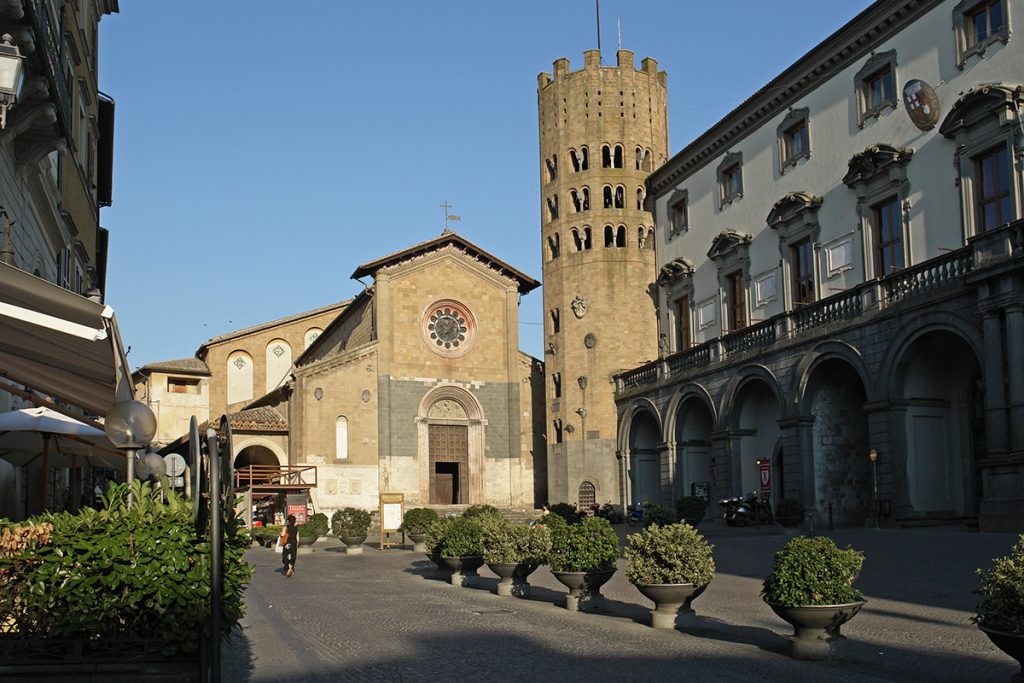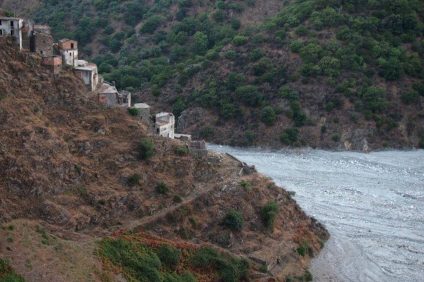Italy is a natural and cultural paradise of unparalleled splendor, and boasts a history full of interesting events and events. Are we sure, however, that there is only one story? Thinking about it well, the beautiful country is a fantastic mosaic of events, which over time have sometimes created, sometimes destroyed. Every small or large city keeps traces of all this, and it is often knowing these testimonies that makes us aware of their immense value. Today we talk to you about Orvieto.
Orvieto, the city on the cliff
Umbria, the home of the tastiest chocolate and endless tourist and cultural attractions, is home to the peculiar city of Orvieto. This stands on a tuff cliff, overlooking the valley of the river Paglia, a tributary of the Tiber. It is one of the largest municipalities on the peninsula, and its origins are truly ancient. In fact, they date back to the era of the Etruscans, when they settled inside the tuffaceous caves on the mountain on which the city is located. The most flourishing period of the district took place between the sixth and fourth centuries BC, when the Roman Empire conquered the area designating it Urbs Vetus.

Later Orvieto fell into the hands of the Goths, the Byzantines and the Lombards, and in the Middle Ages it developed exponentially. It was therefore, from the beginning, characterized by a notable economic and cultural impulse. It won several battles against some municipalities in the XNUMXth century, expanding its domains and incorporating enormous lands (which today would roughly correspond to the Toscana and Lazio). Always rich and powerful, Orvieto also faced difficult times, caused by infighting between the noble families of the city. In 1354, Cardinal Albornoz managed to restore order, reconfirming the indisputable power of the Church. Some time later, in 1449, Orvieto became part of the Papal States until 1860, with the birth of the Kingdom of Italy.
The art of Orvieto: a unique heritage
The most famous attraction of the Umbrian city is certainly the Duomo. Its majesty and the expertise adopted in its construction have made it one of the most important architectural testimonies in Italy. It was built towards the end of the XNUMXth century, while the works ended around the XNUMXth century. The part that has the greatest impact is certainly the façade, which presents a harmonious and delicate course, although the concept architectural and gothic style.

The genius behind the conception of the project is unknown, but it is certain that from 1310 the direction of the works was entrusted to Lorenzo Maitani. With his intervention, he was able to decisively delineate the appearance of the entire building. The magnificence of the exterior echoes that of the interior, where frescoes with a clearly religious theme are kept. However, the prestige of Orvieto does not stop with the Duomo. Among the sacred structures, the church of San Giovenale, from 1004, and that of Sant'Andrea cannot go unnoticed. Also famous are the church of San Francesco and the church of San Domenico, which houses the funeral monument that Arnolfo di Cambio dedicated to Cardinal de Braye.
Attractions where you can breathe history? Anywhere in the city!
Orvieto has a special feature: it is a open-air museum! The attractions are not limited to the spirituality and grandeur of its cathedrals, they go far beyond. Public buildings, such as Palazzo Comunale and Palazzo del Popolo, are also noteworthy. Speaking of historic buildings, Palazzo Faina is very well defended, which houses not only the family collection, but also the civic Museum. There is also the Teatro Comunale, a tribute to Luigi Mancinelli, the famous Italian conductor, composer and cellist. For lovers of the unusual, however, there is the well of San Patrizio, the result of the genius of Antonio da Sangallo the Younger.

This perfect example of functionality was in fact used to allow the whole city to have an adequate supply of water. Its depth (62 meters) made it possible, thanks to the presence of two independent helical staircases, to prevent the encounter between those who went down and those who went up. Today it has also become the seat of a museum. Of the same importance is the well of the Cava, absorbed by an agglomeration of nine caves. These are mainly relevant for the countless Etruscan, Renaissance and medieval finds they have preserved. Then there is the underground part of the city, which consists of an infinite number of artificial cavities, tunnels, cisterns, wells and cellars that can now be visited after a guided tour.
Feeding the spirit, but also the body: the culinary art of Orvieto
Orvieto does not live on bread alone, on the contrary! The food and wine panorama of the city is immense, starting with its proverbial wine. It is no coincidence that Orvieto is the capital of City Slow, where the concept of the Slow Food. What does it mean? Well, to put it in concrete terms: food must be a pleasure, and we must regain possession of this pleasure. Orvieto is the perfect place to slow down our daily pace, where you can enjoy good food and the tranquility that a hectic life often makes us neglect. And you? Are you planning a nice weekend in Orvieto? The city is waiting for nothing more than to pamper you a little!





